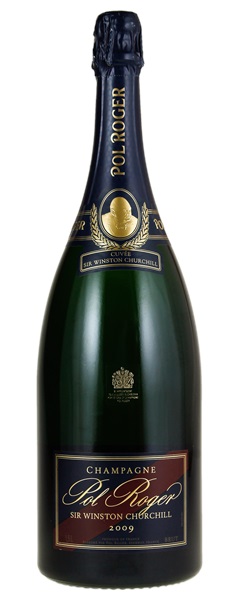Estimate

...bouquet of golden apples, clear honey, hazelnuts and fresh pastry... Full-bodied, fleshy and textural, it's deep and concentrated, with an ample core of fruit, ripe but racy acids, a pinpoint mousse and a long, penetrating finish.
...seamless Champagne, lithe with fresh, finely knit acidity, and showing beautiful integration, with a rich vein of smoky minerality underscoring flavors of black cherry, toast, preserved lemon and pickled ginger.
...expressive... Apricot, tangerine oil, mint, baked apple tart and spice all flesh out.
Immediate complexity on the nose – salted bread, green apple, a hint of butter. Sweet spice too, and a mushroom earthiness that shows the age. Rich and full on the palate, with superb concentration and persistence, leaving lots of umami/soy complexity on the finish.